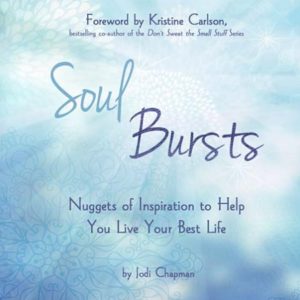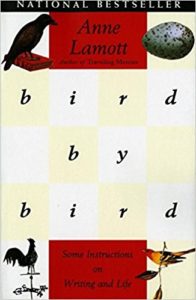 As part of the Your Soulful Book writing program, I recently re-read Anne Lamott’s modern classic, Bird by Bird: Some Instructions on Writing and Life.
As part of the Your Soulful Book writing program, I recently re-read Anne Lamott’s modern classic, Bird by Bird: Some Instructions on Writing and Life.
The first time I read this book — over a decade ago — I was primarily focused on learning to write better. This time around, however, I was struck by the subtitle’s truth: so many of these “instructions” really do apply equally to life beyond the page.
Of the book’s many profound life lessons, here are five of my favorites:
“It is so much easier to embrace absolutes than to suffer reality. Reality is unforgivingly complex.”
I’m not sure if this is what Michael Stipe meant when he wrote “It’s so much more attractive inside the moral kiosk” (and, from what I know of his early songwriting process, I’m not so sure he knew what he meant either), but here’s one interpretation of both the REM line and the Lamott quote: It’s far easier to stay in a bubble, look out at the world, judge, and give instructions based on the limited perspective of your belief systems — rather than address the real-life complexities to be encountered beyond the “kiosk” of inflexible ideology.
In today’s hyper-polarized society, many people see the world in black and white — and insular websites and social media tend to reinforce their views. But the world beyond the internet tends to be much more than black and white — it has far more than 50 shades of gray plus a full spectrum of colors! And in this world, a lot of things that may look good on paper (or in your own mind) don’t so translate quite as smoothly as simplistic ideologues might have you believe.
“You don’t want to spend your time around people who make you hold your breath.”
As the Abraham-Hicks teachings suggest, the key emotional signal that you’re on a good track is RELIEF. And the biggest physical sign of relief is an EXHALE (especially when it’s accompanied by a smile)! You can apply this to big decisions, to everyday experiences, and certainly to people. The ones that elicit a big happy exhale are the ones you probably want to celebrate, appreciate, and bring more of into your life. And the ones that make you do the opposite — hold your breath — are the ones who make you appreciate the positive ones…and remind you to devote more of your time, thoughts, and life on THEM!
“When people shine a little light on their monster, we find out how similar most of our monsters are.”
Lamott wrote this in reference to a friend who told her, “When I was still drinking, I was a sedated monster. After I got sober, I was just a monster.” And when he described his so-called “monster,” she realized how much it resembled her own (except “without quite so much mascara”). But, unlike many people, she uses the word “monster” lovingly — a term for the hidden, repressed, disowned aspects of ourselves: the unspoken (or unwritten) truths that long to be acknowledged, expressed, and shared. And she encourages writers to express these shadow-truths — to bring these “monsters” to light:
We write to expose the unexposed. If there is one door in the castle you have been told not to go through, you must. … Most humans are dedicated to keeping that one door shut. But the writer’s job is to see what’s behind it, to see the unspeakable stuff, and to turn the unspeakable into words.
I believe that this holds true for all people — not just writers. Whether we write, sing, paint, or just talk to a close friend, it can be so freeing to share our hidden truths. And when we do this, we tend to find not shame but something quite the opposite: “We’ve all done or thought the same things. … We don’t end up with a brand on our forehead. Instead, we compare notes.” Instead of excommunication, we experience communion.
“You can safely assume you’ve created God in your own image when it turns out that God hates all the same people you do.”
(See lesson #1.)
“Lighthouses don’t go running all over an island looking for boats to save; they just stand their shining.”
I like this line so much that I once wrote an entire post about it! Still, it deserves at least a mention in this list. I love the idea that you don’t have to try to “save” or “fix” others — that just by being your radiant self, you will help those you are meant to help. (And, at worst, you won’t be bothering those who don’t welcome your input.) This quote means so much to me, but if I had to summarize its core message (and what I take to be Lamott’s core message — and the message I’d most like to share with the world) in just a single word, it would be this: SHINE.


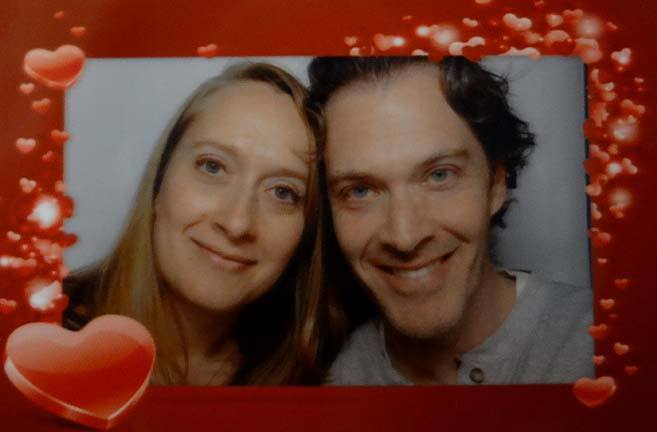
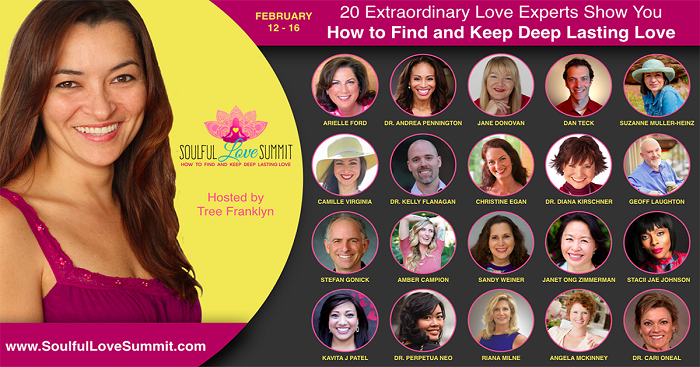
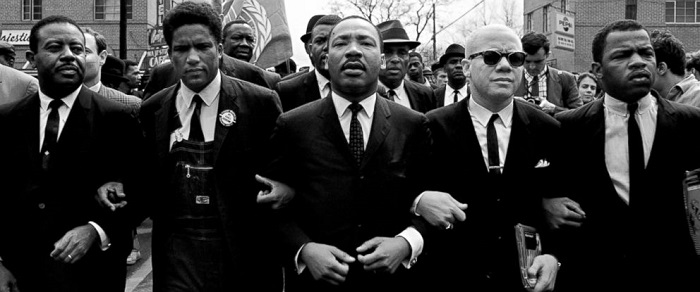
 Last month, former teen idol David Cassidy died at the age of 67.
Last month, former teen idol David Cassidy died at the age of 67.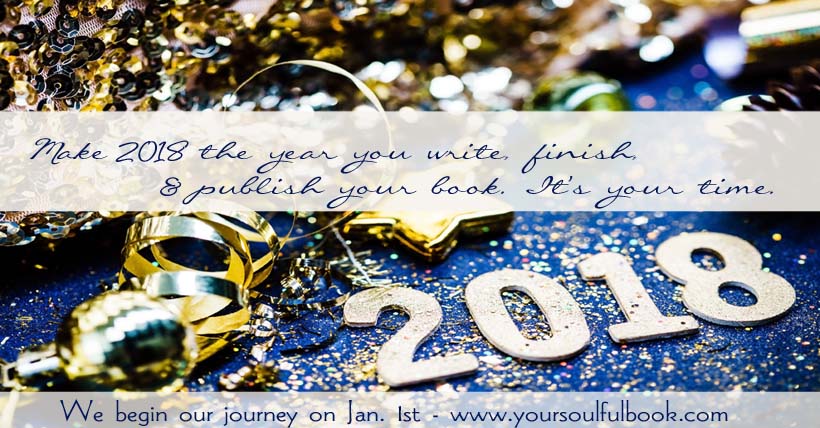



 There are four kinds of dreams. You’re probably already familiar with the first three:
There are four kinds of dreams. You’re probably already familiar with the first three:
